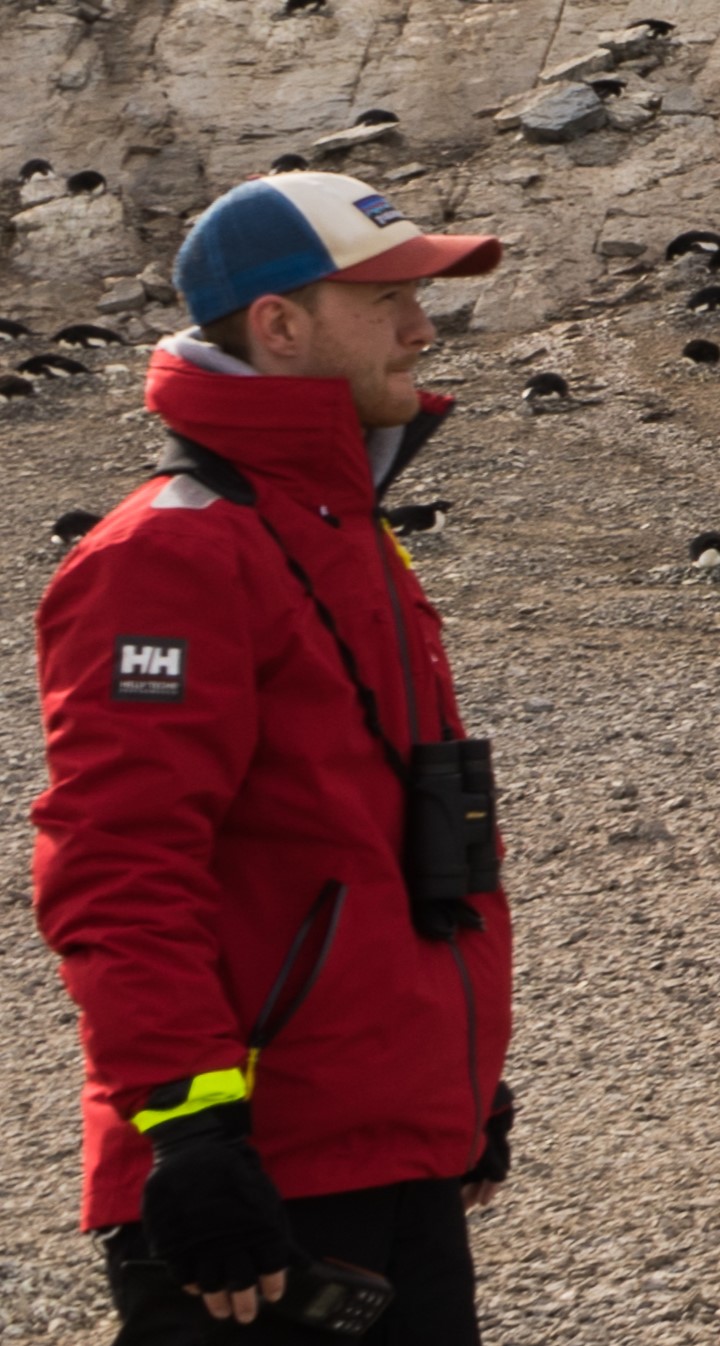 |
Automating the Penguin Census Pipeline Wildlife censuses can be time consuming, logistically challenging and prohibitively expensive, however they are vital for our understanding of population level dynamics and responses to changing climate. This is particularly true of penguin populations in the Antarctic, where rates of warming are among the highest in the world, and weather, rapidly shifting sea ice and the sheer scale of penguin colonies make censuses challenging. We use a novel combination of computer vision, machine-learning, and statistical point pattern analysis to automate the census process. This allows us to rapidly count hundreds of thousands of nesting birds from both modern drone imagery and historic aerial photography surveys, expanding our records of abundance both spatially and temporally and allowing the construction of more accurate continental scale population models. Additionally, we can use the vast amounts of high-resolution spatial data, not available through traditional manual census techniques, to construct individual based models that should give us a new insight into the processes that occur within a colony and how these processes may be driving observed declines in penguin numbers. |
|
| Philip McDowall, 2015 & 2016 Junior Researcher Award Winner Ecology & Evolution |
Bio: Phil McDowall received his undergraduate and Master's degrees in quantitative ecology from St Andrews University in Scotland. He is currently a PhD candidate in the Ecology and Evolution department at Stony Brook where he studies the spatio-temporal dynamics of penguin colonies. While not doing fieldwork on the Western Antarctic Peninsula, Phil works on novel methods for tackling ecological problems in 3D, and the development of drone based personal-scale remote sensing platforms.
|
__________________________________________________________________________________________
__________________________________________________________________________________________
__________________________________________________________________________________________
__________________________________________________________________________________________
__________________________________________________________________________________________
__________________________________________________________________________________________